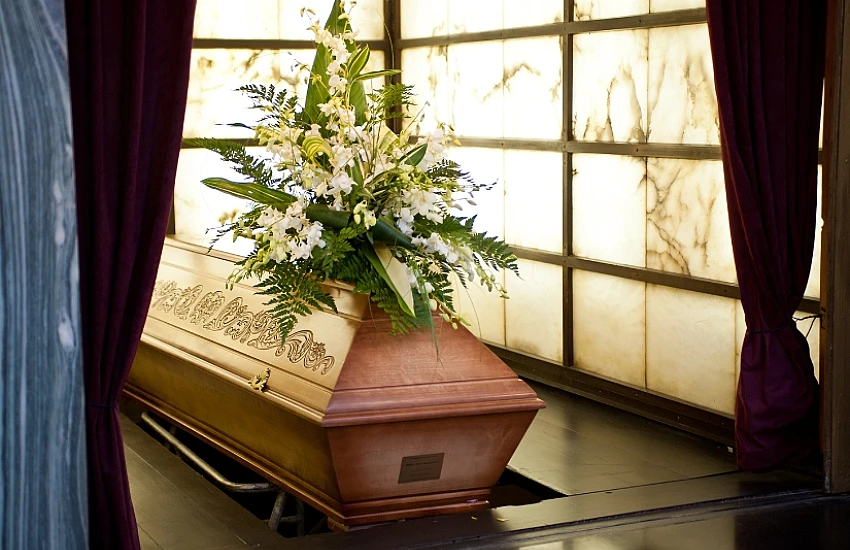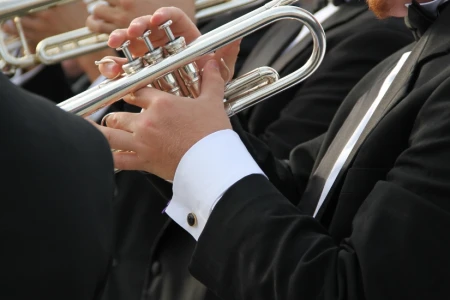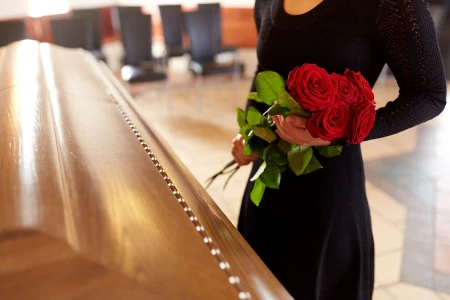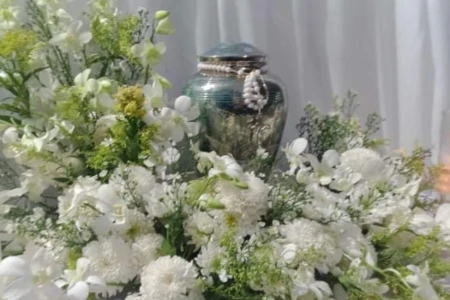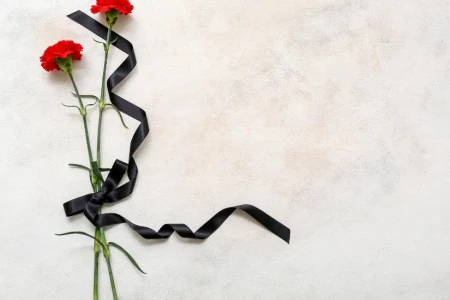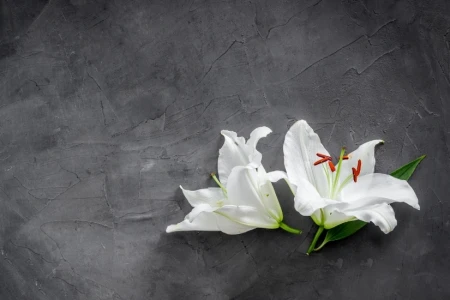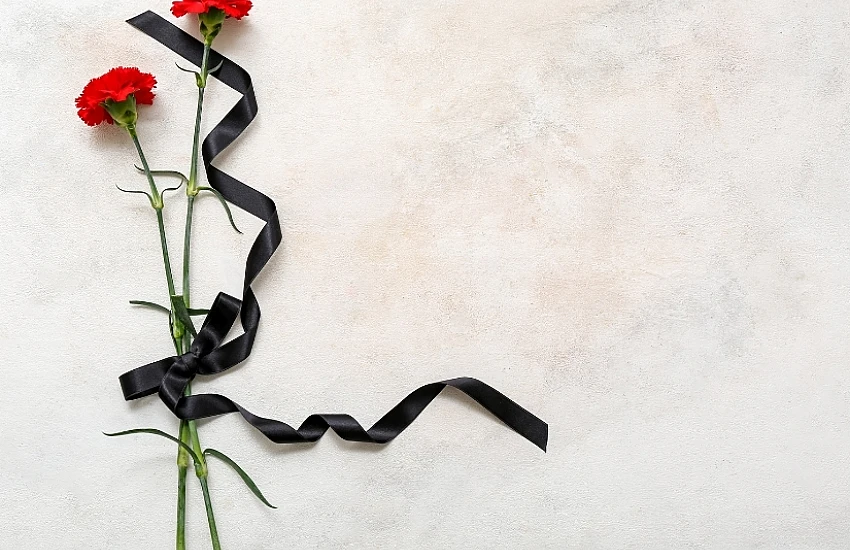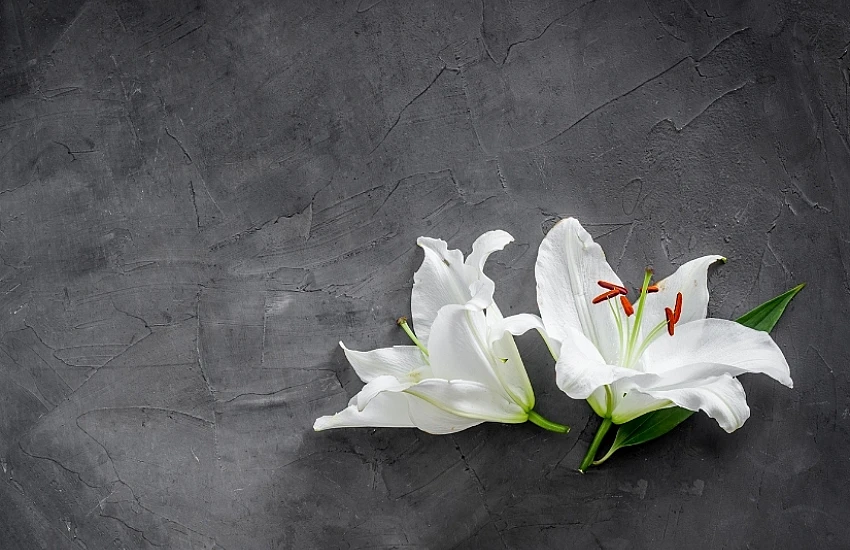Table of Contents
- The Importance of Flowers and Decorations for a Funeral Ceremony
- The Symbolism of Funeral Flowers – What Does Each Flower Represent?
- Which Flowers to Choose for a Funeral Ceremony?
- Traditional Funeral Flowers in Poland and Their Symbolism
- Types of Floral Arrangements for Funerals
- Funeral Ceremony Decorations: What to Choose?
- The Symbolism of Flowers in Different Cultures
- Guide: How to Choose the Right Flowers for a Funeral
A funeral ceremony is a time of deep sorrow, but it is also an occasion to pay tribute to a loved one and emphasize their uniqueness. Flowers and decorations play a key role in creating an atmosphere of respect and remembrance, and their proper selection can significantly influence the course of the ceremony. Choosing the right funeral flowers is not an easy task, especially given the emotions accompanying loss. In this article, we will explore flowers and decorations that can serve as expressions of love and memory for the deceased. You will learn which flower species are most commonly chosen for funeral ceremonies, how to interpret their symbolism, and what decorations can enhance the farewell space. We offer practical tips to help you make the best decision during this difficult time.
The Importance of Flowers and Decorations for a Funeral Ceremony
Which Flowers to Choose for a Funeral?
The selection of funeral flowers is more significant than it may seem. Flowers serve as symbolic gestures of memory, respect, and love for the deceased. Funeral ceremonies carry a deep emotional dimension, and flowers allow us to express feelings and pay tribute in a subtle and beautiful way. The choice of appropriate flowers, their color scheme, and arrangement often depends on the relationship between the mourners and the deceased, as well as on traditions and personal preferences.
Increasingly, trends related to ecology and personalization of products play a significant role, allowing for the creation of unique and customized funeral ceremonies.
By choosing the right supplier, funeral homes can provide their clients with professional services based on quality and respect, contributing to building trust and reputation in the local market.
The Symbolism of Funeral Flowers – What Does Each Flower Represent?
Each type of flower carries its own symbolic meaning, making the selection process more than just an aesthetic choice. Below are the most commonly chosen flowers and their symbolism:
Roses – Symbolize love, respect, and gratitude. Red roses express deep love and sorrow, while white roses represent purity and innocence.
Lilies – Considered flowers of the soul’s purity, lilies are a frequent choice for funerals. They symbolize the rebirth of the soul in a new, better world.
Chrysanthemums – Associated with mourning and remembrance, they are popular in Europe, especially in Poland. Their longevity represents memory and the permanence of recollection.
Carnations – Represent respect, gratitude, and farewell. They are a popular choice for funeral wreaths and bouquets.
Understanding this symbolism allows you to select flowers that reflect the emotions and values you wish to express during the farewell.
Which Flowers to Choose for a Funeral Ceremony?
The Most Popular Funeral Flowers: Roses, Lilies, Chrysanthemums
The choice of flowers has both symbolic and aesthetic significance. In Europe, including Poland, the most commonly selected funeral flowers include:
Roses – Especially red and white, which are ideal for funeral ceremonies.
Lilies – Particularly white ones, symbolizing spiritual purity.
Chrysanthemums – Traditionally associated with remembrance of the deceased, they are especially popular during All Saints’ Day.
By selecting these flowers, you can be sure that each bouquet will convey deep respect for the deceased.
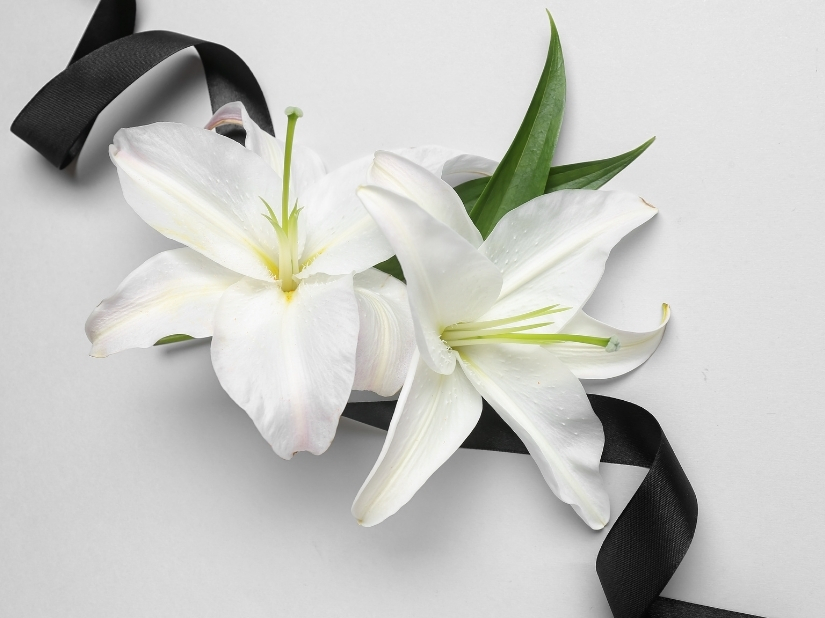
The Significance of Flower Colors for a Funeral – Choosing Shades for Saying Goodbye
Colors also hold significant meaning during a funeral:
White – Purity, innocence, and peace, particularly important for children and young people.
Red – Deep feelings of love and respect, often used by partners and parents.
Yellow – Expresses gratitude and remembrance, symbolizing friendship.
Purple – Symbolizes sorrow, mourning, and reflection.
Traditional Funeral Flowers in Poland and Their Symbolism
In Poland, especially in cemeteries, chrysanthemums and roses dominate. These flowers are not only symbols of mourning but also of respect for tradition. Chrysanthemums are particularly popular during All Saints’ Day and adorn graves as a tribute to the deceased.
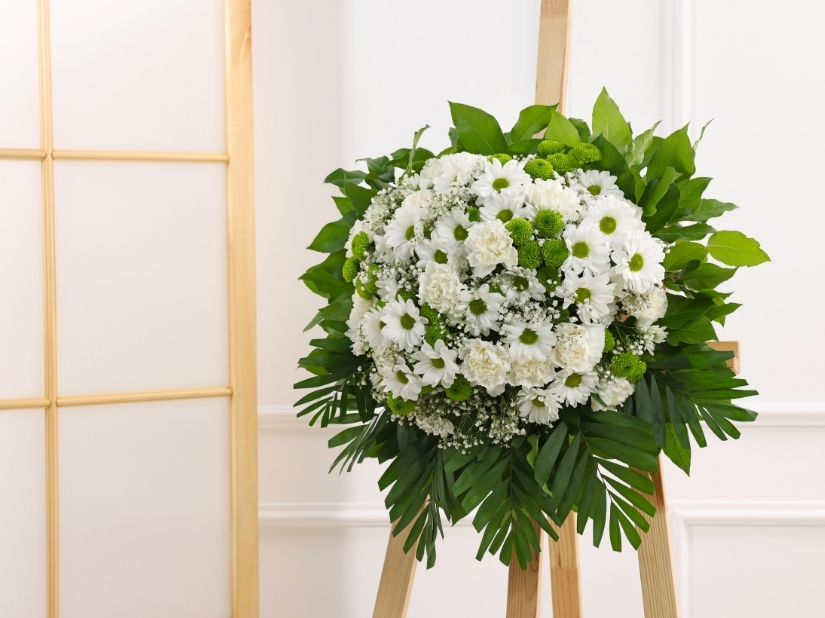
Types of Floral Arrangements for Funerals
Funeral Wreaths – Classic Floral Arrangements
Wreaths are a traditional way to express tribute. Their circular shape symbolizes eternity, indicating the infinite memory and continuity of remembrance for the deceased. Wreaths often include a mix of flowers such as roses, lilies, and chrysanthemums, giving them a unique, dignified character.
Funeral Bouquets – An Elegant Farewell Choice
Bouquets, often less formal than wreaths, are a subtle expression of respect and love. They are usually chosen by close relatives and friends. Depending on personal preferences, they can be created in different colors and flower combinations.
Funeral Baskets and Arrangements – An Alternative to Traditional Wreaths
Baskets and floral arrangements provide an interesting alternative to classic wreaths. They often have a slightly lighter character and can be placed on the grave or at the ceremony site. These arrangements allow for the creation of more modern floral compositions tailored to the preferences of the bereaved family.
Funeral Ceremony Decorations: What to Choose?
Coffin and Urn Decorations – Subtle Floral Arrangements
Coffin and urn decorations are often chosen by the closest family members. They can be very subtle, composed of white lilies, roses, or chrysanthemums, depending on personal preferences. Such decorations highlight the farewell’s solemnity and the respect given to the deceased.
Decorations Around the Ceremony Venue – Elegant Chapel and Funeral Hall Arrangements
The decoration of a funeral hall or chapel is an important element of the entire ceremony. Flowers, carefully chosen to suit the setting and character of the event, create a dignified atmosphere and help mourners reflect. These arrangements can be both traditional and minimalist in style.
Graveside Flowers – Compositions and Their Significance
Flowers placed on the grave are the final gesture of farewell. Traditionally, these include wreaths, floral arrangements, or single flowers symbolizing a tribute to the deceased. In Poland, during holidays such as All Saints’ Day, graves are decorated with flowers as an important symbol of remembrance.
The Symbolism of Flowers in Different Cultures
Funeral Flowers in Poland and Around the World
Each country has its own traditions regarding funeral flowers. In Poland, chrysanthemums and roses dominate, while in Asian countries, different flowers are preferred. For example, in Japan, chrysanthemums symbolize life, whereas in Europe, they are associated with mourning.
Cultural Differences in Flower Selection and Meanings
In Asia, particularly in China and Japan, white chrysanthemums represent life rather than death. In the United States, carnations are commonly used in funeral arrangements, symbolizing honor for the deceased. Understanding these differences can be helpful, especially when organizing a multicultural ceremony.
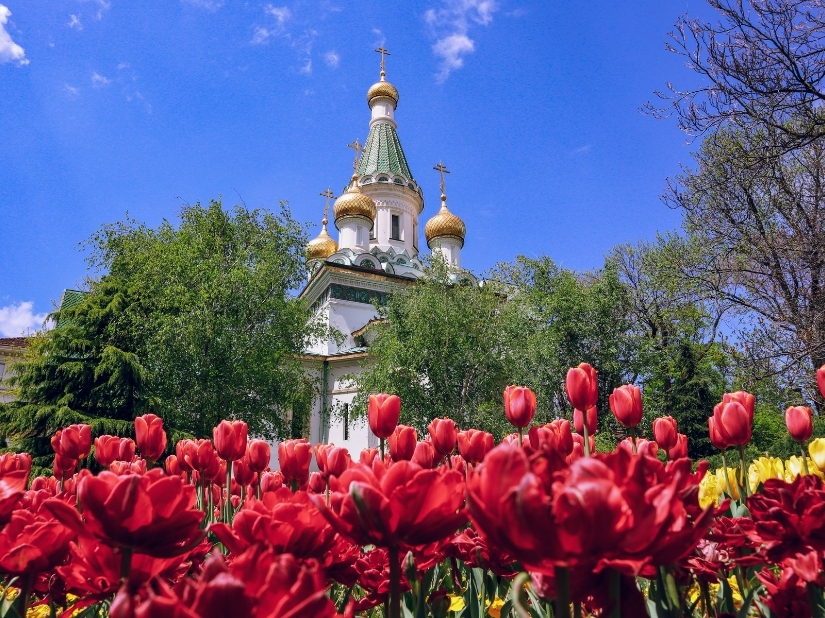
Guide: How to Choose the Right Flowers for a Funeral
Which Flowers to Choose for a Close Relative? – Practical Tips
Selecting flowers for a funeral of a loved one can be challenging, especially in emotionally overwhelming moments. Consider the deceased’s personal preferences and your relationship with them. If the deceased had favorite flowers, incorporating them into the arrangement is a thoughtful gesture. For close relatives, lilies (symbolizing peace of the soul), roses (especially red and white), and chrysanthemums (which have a long funeral tradition in Poland) are commonly chosen.
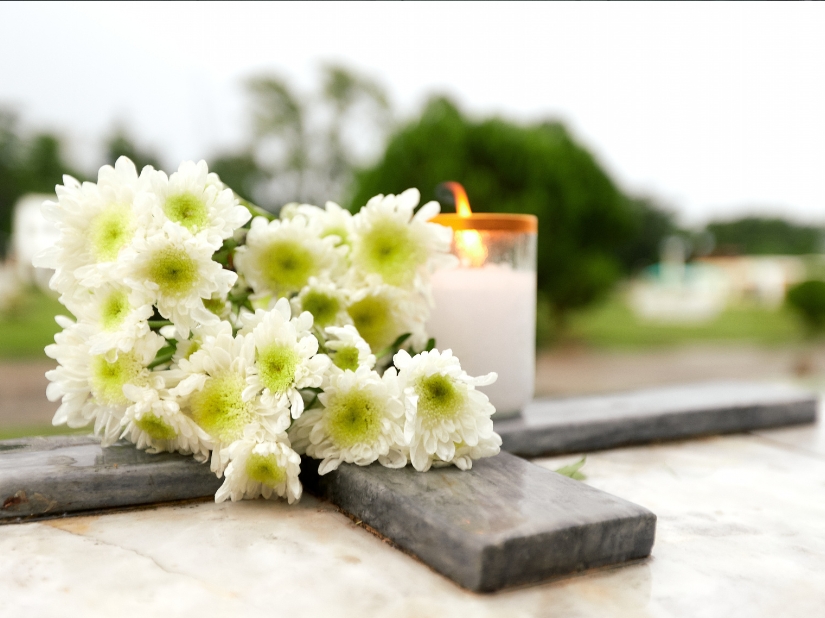
Factors to Consider When Choosing Flowers and Decorations
The nature of the ceremony: Traditional ceremonies often involve formal wreaths and bouquets, while less formal farewells may include simpler arrangements.
Seasonality of flowers: Seasonal flowers are more readily available and affordable. In autumn, chrysanthemums are the most popular choice, while in spring, tulips and lilies are common.
Relationship with the deceased: Flowers chosen for close family members tend to be more personal and elaborate, while more neutral arrangements are suitable for acquaintances.
Choosing the right flowers and decorations for a funeral is a meaningful way to express respect, love, and remembrance for the deceased.

